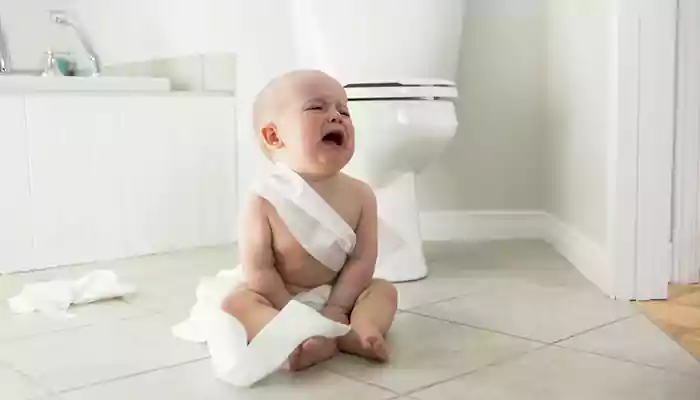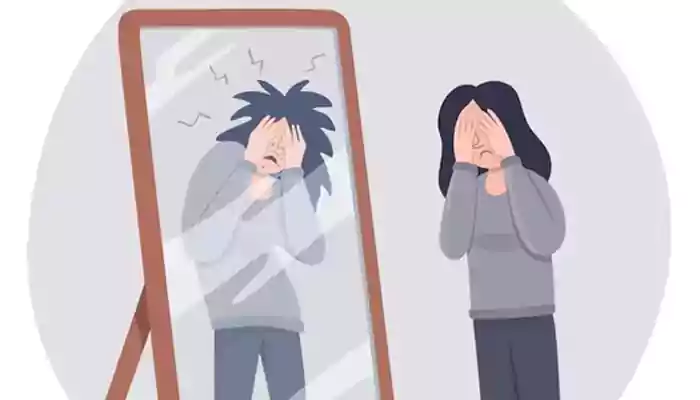Baby Elimination Communication: Why And How To Do It

Learning your baby's toilet cues and timing is an important part of baby Elimination Communication. It is also known as infant toilet training, natural infant hygiene and being diaper-free.
If you take a step back and look at the big picture, EC is actually quite normal. In most developing nations, EC is so common that it goes unrecognised. In these cultures, infants can start staying dry and wearing knickers full time at about 6 months of age, compared to an average of 3 years in the developed nations.
Using the loo on one's own is a goal of the EC approach to parenting. While early toilet learning is typically a side effect of baby elimination communication, it is not the primary goal. If you choose EC, your kid still may use diapers sometimes. It simply means not needing diapers all the time.
What are the advantages of EC for babies?
It's a great way to bond with your newborn. Communication and trust between parent and newborn can be fostered via elimination communication.This method is more sanitary. Baby won't be sitting in his own waste, which means fewer nappy rash incidents.
The level of ease is higher. Being diaper-free would likely be more pleasant for newborns than wearing cumbersome diapers.
Diapers can be used less often. Even if you just use EC half time, you'll save money and resources by reducing your need on diapers.
Confidence in the infant grows. She learns that what she says has importance since she is treated with respect when she asks for help using the loo.
Helps make sense of odd behaviour. Babies who need to use the loo often cry, pull away from feeding, wake up, or have problems going back to sleep.
Getting the Word Out About ECs
Baby toilet training may be done in a variety of ways. Those who start EC'ing later in life often find the same level of success as those who started from birth. Some families prefer to EC their babies around the clock, while others just do it on the days they're awake. It won't be hard to begin going in any of the two directions your family is considering.Start by looking around. Start learning your baby's cues by letting her spend time on a waterproof mat without a diaper. Keep in mind that many infants need to use the toilet soon after a feeding or after awakening. Keep in mind when your infant typically has to go pee. This is also a terrific approach to teach your child to recognise his or her own cues.
Put in some hints. Introduce cue sounds when you observe your infant eliminating. In time, baby will identify such noises with the concept of "letting go." The word "bathroom" can also be communicated via infant sign language. Some infants may respond to the mere act of sitting on the toilet as a signal to go.












